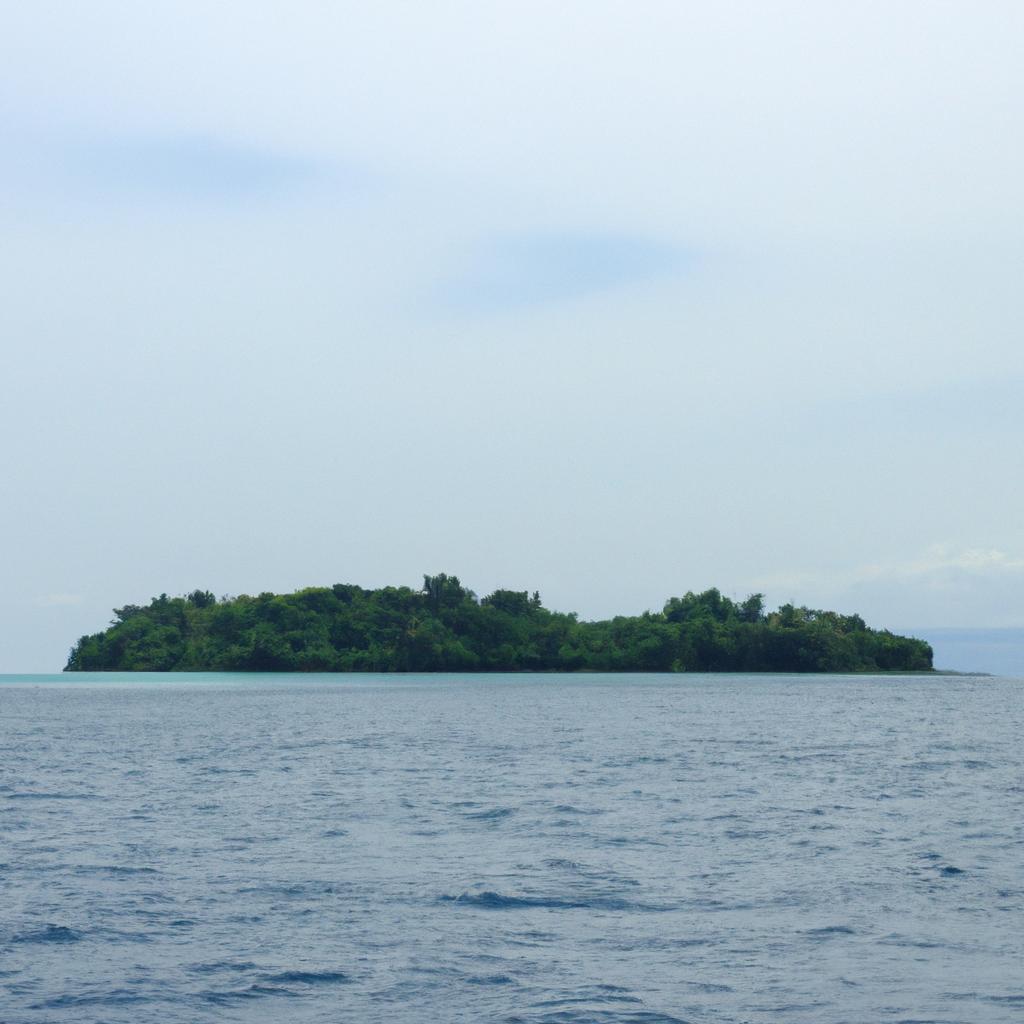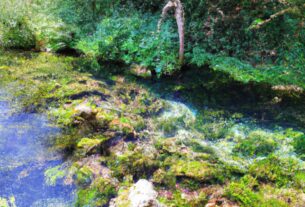Have you ever come across the enigmatic island of North Sentinel? Situated in the Bay of Bengal, this secluded haven stands as one of the most isolated places on Earth. For over half a century, access to this island has been strictly prohibited. Today, we delve into the reasons behind this ban, explore the island’s history, shed light on its inhabitants and the perils associated with visiting, and delve into the controversies surrounding this forbidden land.
Unraveling the Forbidden Island’s History
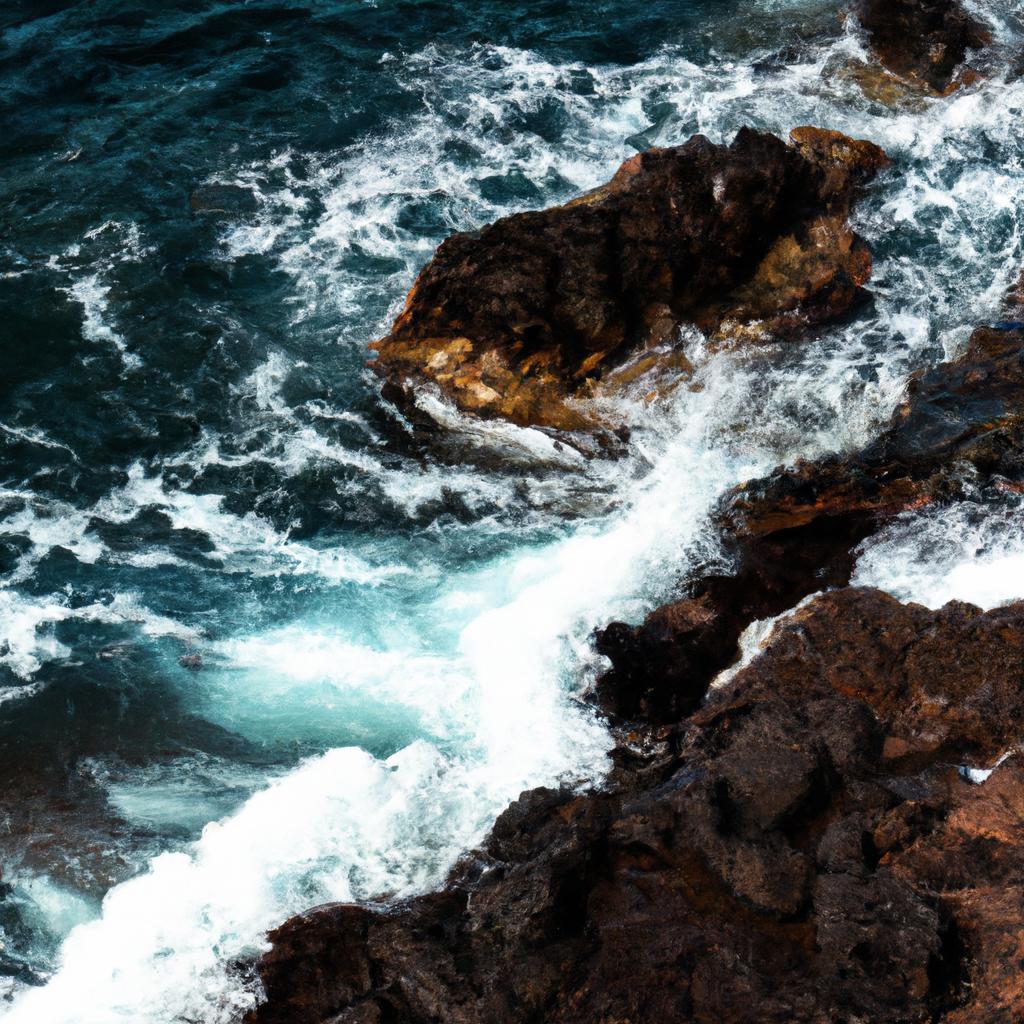
North Sentinel Island lies within the Andaman and Nicobar Islands, surrounded by a daunting coral reef that acts as a natural barrier. For thousands of years, this island has been home to a mysterious tribe known as the Sentinelese – one of the last remaining uncontacted tribes on our planet.
In 1867, British naval officer Maurice Vidal Portman made the first recorded attempt to make contact with the Sentinelese. Sadly, the six Sentinelese individuals he kidnapped, including a family of four, met their demise shortly after. Still shrouded in mystery, it is believed that the tribe lacked immunity to the diseases brought by outsiders. Although Portman revisited the island in 1880 and 1883, he refrained from making any further contact.
Throughout the 20th century, numerous endeavors were made to reach out to the Sentinelese, all of which ended in futility. In 1974, Indian anthropologist T. N. Pandit managed a brief encounter with the tribe. However, he gleaned limited information before the Indian government declared any further contact illegal, thus solidifying the island’s ban.
More than five decades later, the ban remains intact, and the Sentinelese people continue living in splendid isolation, their way of life shrouded in intrigue.
The Enigmatic People of North Sentinel
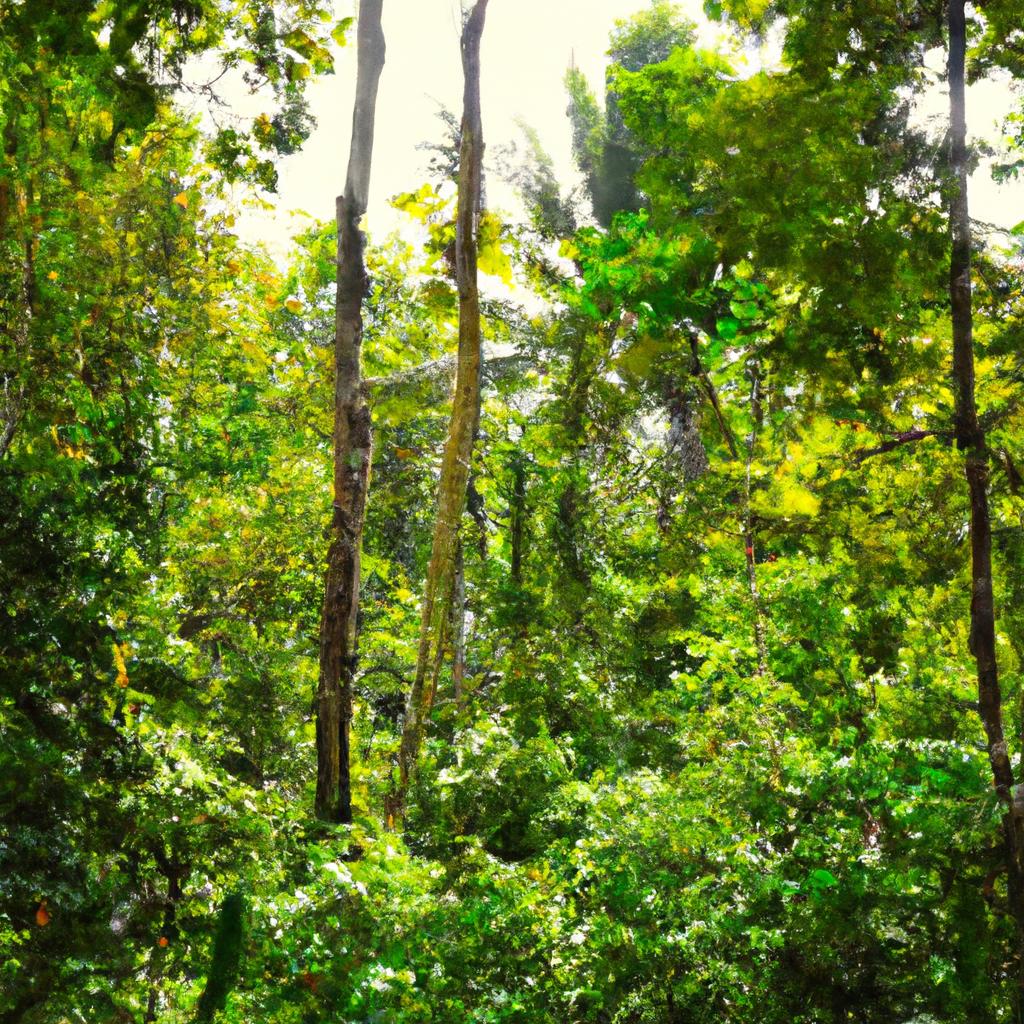
Believed to have inhabited North Sentinel Island for over 60,000 years, the Sentinelese people stand as one of the world’s oldest tribes. Comprising an estimated population of 50 to 150 individuals, they are infamous for their defensive stance against outsiders.
Surviving through the ages without contact with the outside world, the Sentinelese depend on hunting, fishing, and gathering fruits and vegetables as their means of subsistence. Moreover, their unique language remains an enigma, yet to be deciphered by linguists and anthropologists alike.
To maintain their isolation, the Sentinelese resort to attacking any vessel or aircraft that dares approach their island. Boats and helicopters alike have faced their arrows and stones. Although the Indian government has attempted to provide food and supplies without direct contact, these endeavors, too, have been met with hostility.
The Perils of Trespassing on the Forbidden Island

The Indian government has imposed a complete ban on any contact with the Sentinelese people and visiting the island is illegal. This ban serves a dual purpose: protecting the tribe from external diseases and preserving their unique way of life. Individuals attempting to visit the island face not only the hostility of the Sentinelese but also legal consequences.
The tribe’s aggression toward outsiders poses one of the greatest risks. Any excursion to North Sentinel Island carries the potential threat of attack. Moreover, given the Sentinelese people’s lack of immunity to outside diseases, any contact could prove fatal to the tribe.
Trespassing on the island constitutes a criminal offense punishable by law. In 2018, the fatal encounter between American missionary John Allen Chau and the Sentinelese people sparked a contentious debate regarding the island’s ban. Nevertheless, the Indian government stood firm, emphasizing the necessity of protecting the tribe.
Unraveling the Controversies of the Forbidden Island
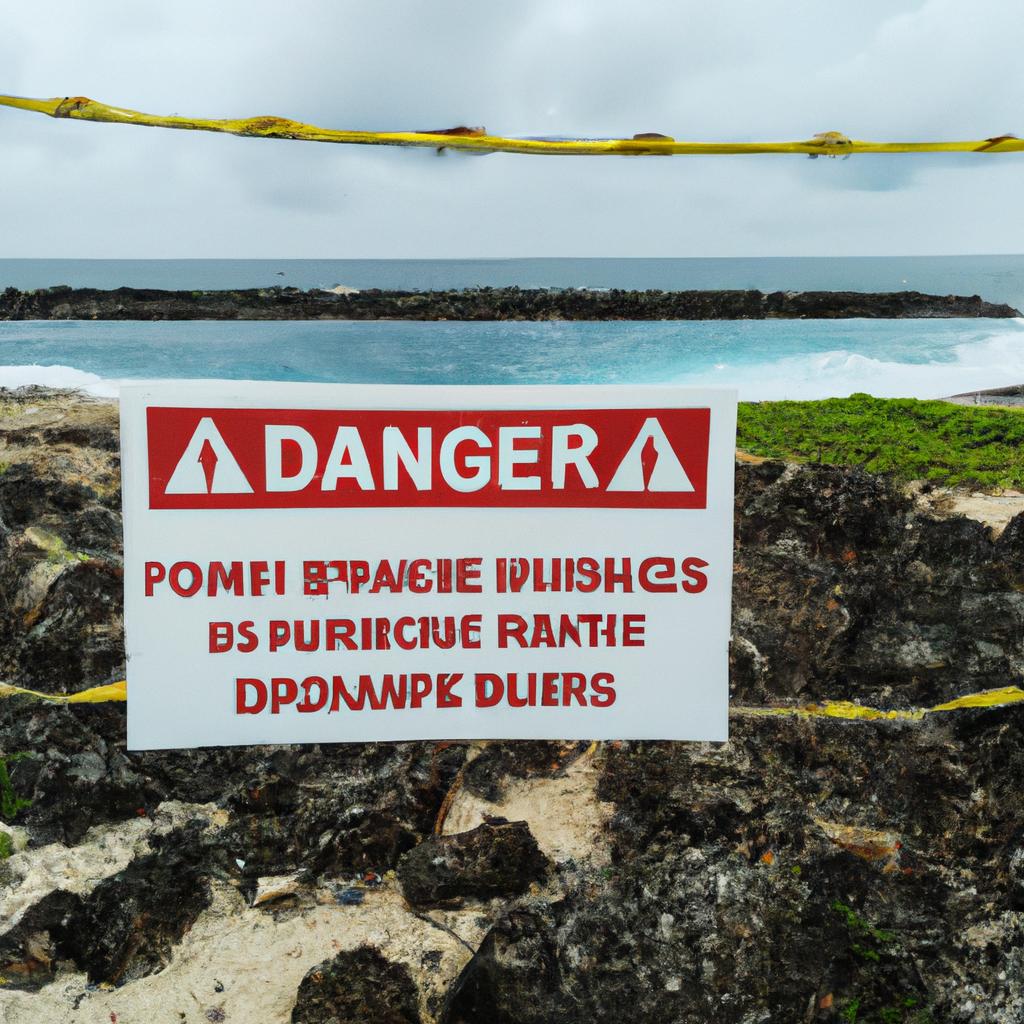
The ban on visiting North Sentinel Island has prompted fierce debates surrounding the rights of the Sentinelese tribe and the importance of preservation. One school of thought argues for leaving the tribe undisturbed, preventing potential harm to their health and way of life. On the other hand, proponents of interaction claim that the tribe’s isolation constitutes a violation of human rights, advocating for contact with the outside world.
The debates extend beyond preservation to whether the island should remain forbidden or open to exploration. While some advocate for complete protection, ensuring the island remains off-limits to visitors, others view it as an exceptional piece of human history, calling for scientists and researchers to explore and study its wonders.
In Conclusion: Honoring Boundaries and Preserving Beauty
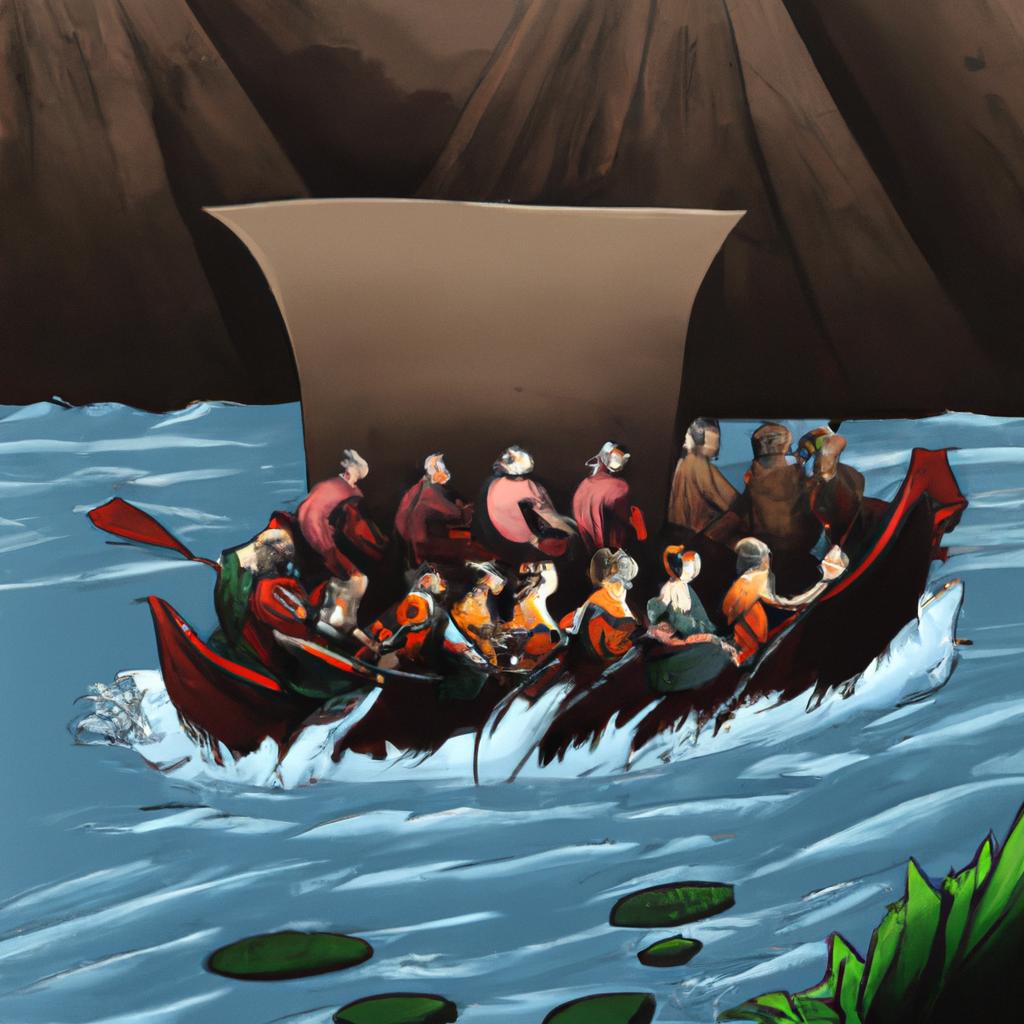
In conclusion, North Sentinel Island continues to captivate as a forbidden and enigmatic realm cut off from the world for over half a century. The Sentinelese tribe, dwelling in splendid isolation, guards their way of life, shrouded in mystery. Respecting the boundaries set by both the tribe and authorities is paramount, as is understanding the dangers intertwined with visiting the island.
While North Sentinel Island beckons curiosity and fascination, it is essential to prioritize the safety and well-being of the Sentinelese people and preserve their unique culture. TooLacks encourages its readers to respect the decisions of authorities, cherishing the beauty and distinctiveness of the world from afar. For more fascinating content, you can visit TooLacks.
